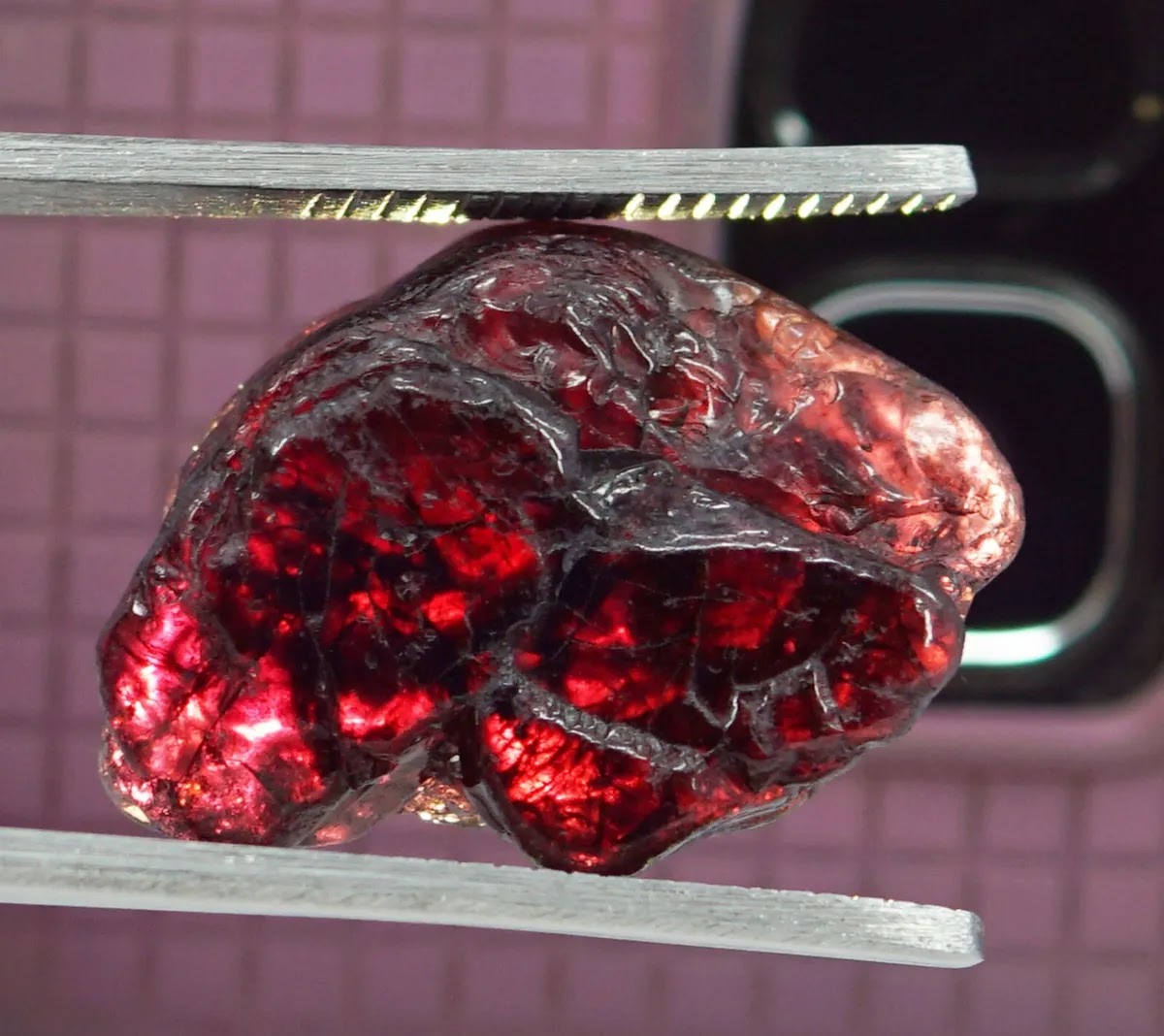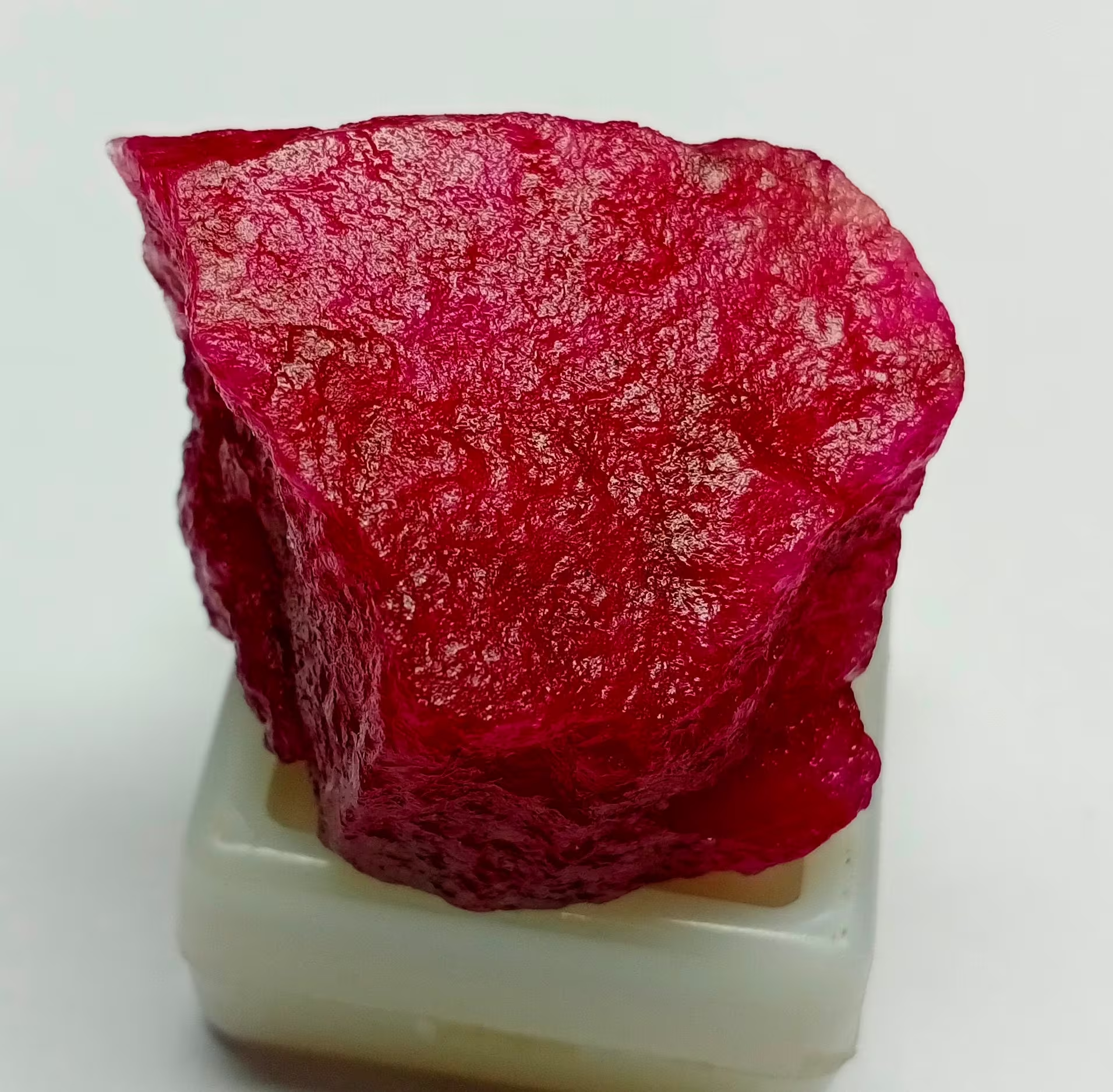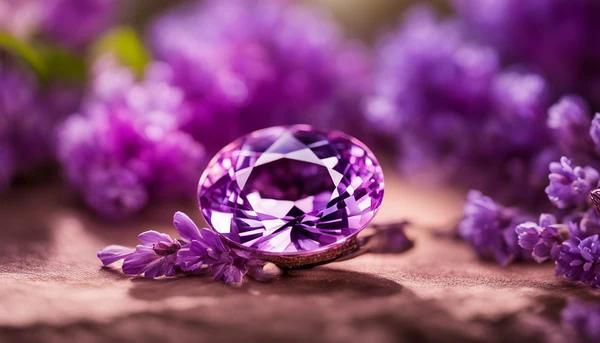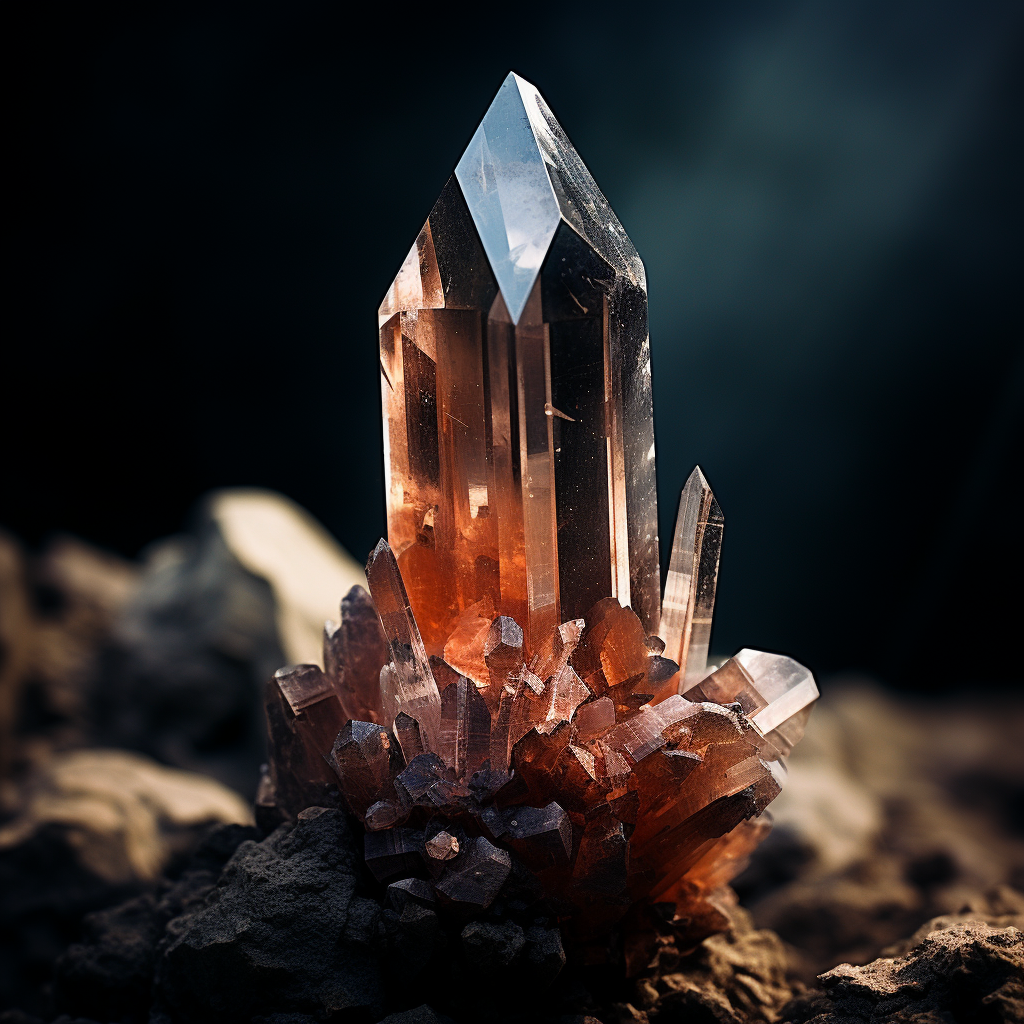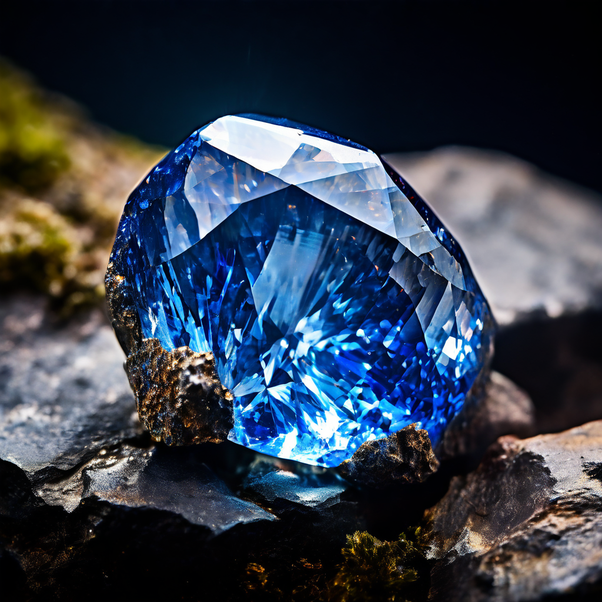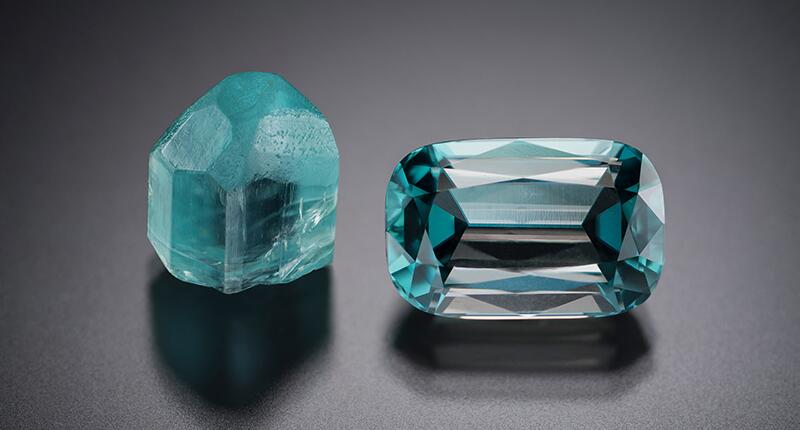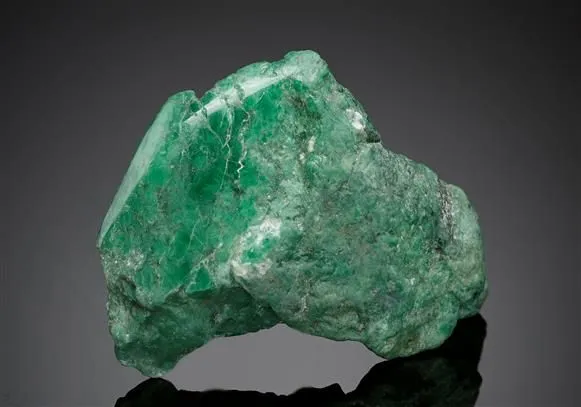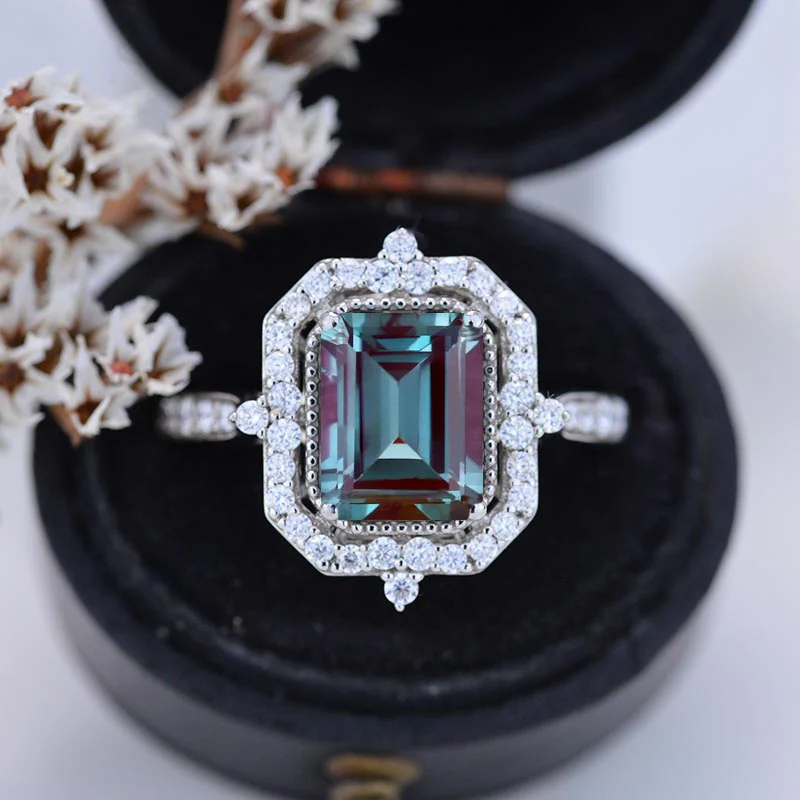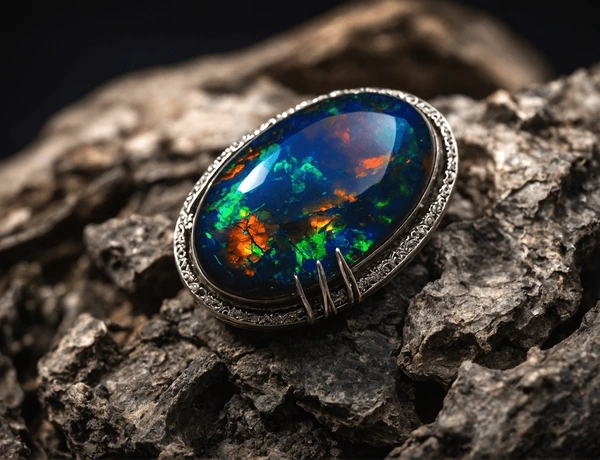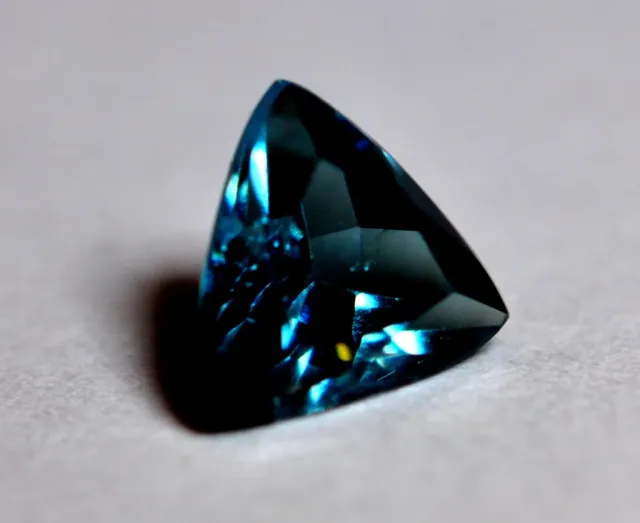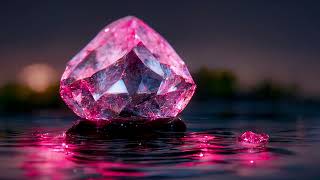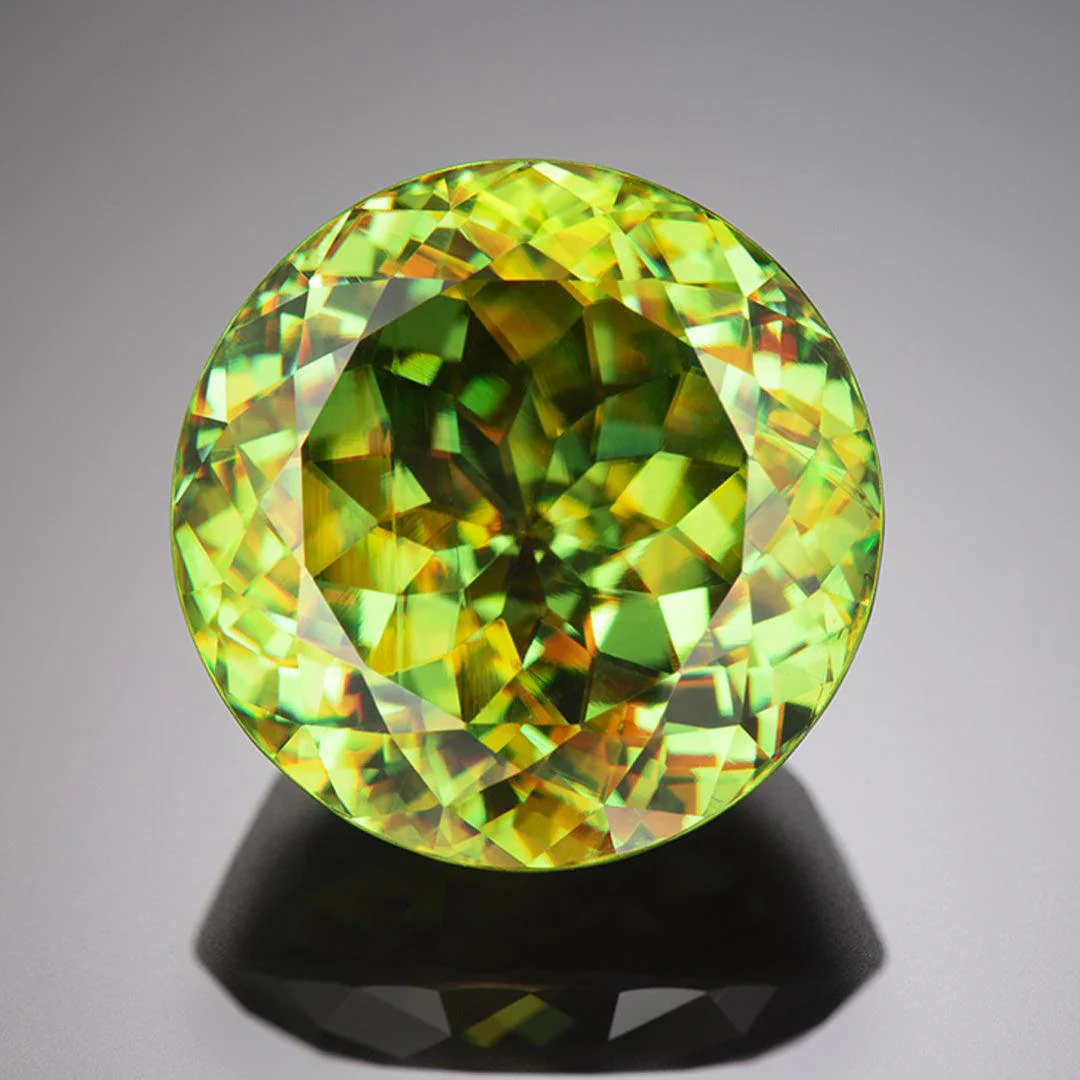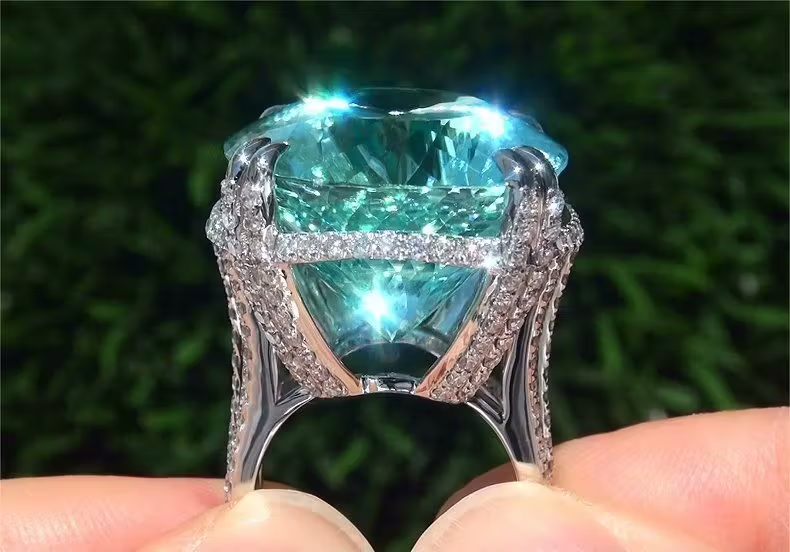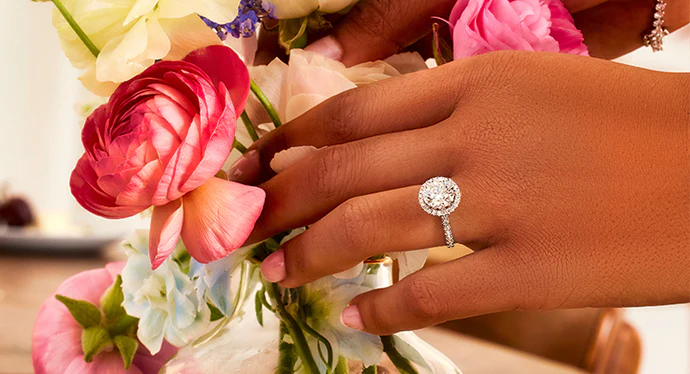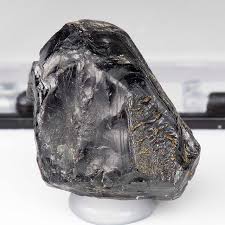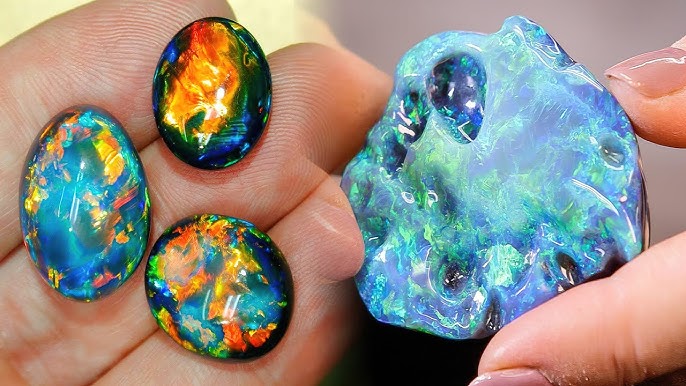
Some gemstones are so rare and unique that they defy expectations, commanding both awe and immense value. While many people are familiar with diamonds, rubies, and sapphires, there exists a world of gemstones that are far rarer and more precious. From vibrant blues to dazzling reds and greens, these 15 rare gemstones are not only treasures of nature but also sought-after prizes for collectors and investors alike. Let’s take a closer look at some of the rarest and most remarkable gemstones on Earth.
1. Painite
- Origin: Myanmar (Burma)
- Color and Appearance: Painite is typically brown to reddish-brown but can display a subtle reddish tint with flashes of orange and yellow.
- Rarity and Value: Once considered the rarest gemstone in the world, Painite was first discovered in Myanmar in the 1950s. Only a handful of crystals were known until recently, when more were found, but its rarity still keeps it at the top of the list.
- Uses: Painite’s rarity means it is more of a collector's item than a typical jewelry stone.
- Famous Examples: The largest known Painite crystal resides in the British Museum.
2. Red Beryl (Bixbite)
- Origin: United States (Utah, New Mexico)
- Color and Appearance: Red Beryl’s intense, vibrant red color makes it stand out as one of the most stunning gemstones. It’s often compared to rubies but is much rarer.
- Rarity and Value: With fewer than 20 known sources worldwide, this gemstone is rare. Its stunning color and limited availability push its price up significantly.
- Uses: Due to its scarcity, Red Beryl is primarily used in fine jewelry and is cherished by collectors.
- Famous Examples: Large Red Beryl stones are a rarity, making each example more valuable and sought after.
3. Taaffeite
- Origin: Sri Lanka, Myanmar, Tanzania
- Color and Appearance: Taaffeite is typically lavender to deep purple, with a brilliant shine.
- Rarity and Value: Initially mistaken for sapphires, Taaffeite is one of the rarest gemstones, even more rare than diamonds. It was named after gemologist Richard Taaffe, who identified it as a new gem species.
- Uses: Due to its rarity and beauty, Taaffeite is a favorite among gemstone collectors but is rarely seen in mainstream jewelry.
- Famous Examples: A 3.5-carat Taaffeite was sold at auction for a record price due to its rarity.
4. Musgravite
- Origin: Australia, Sri Lanka
- Color and Appearance: Musgravite ranges in color from green to gray to violet. It’s a member of the taaffeite family, and its hardness and durability make it suitable for cutting into beautiful gemstones.
- Rarity and Value: Musgravite is so rare that only a handful of stones have ever been found. It is considered one of the most valuable gemstones in the world.
- Uses: Typically used in high-end jewelry, Musgravite is prized by collectors.
- Famous Examples: The largest Musgravite found weighs 5.65 carats, making it a significant piece in the gemstone world.
5. Benitoite
- Origin: California, USA
- Color and Appearance: Benitoite is blue to sapphire blue and displays a strong fluorescence under ultraviolet light.
- Rarity and Value: Benitoite was discovered in California in the 1900s and is so rare that it has been found in only one location in the world. Due to its beauty and rarity, it’s a highly valuable gem.
- Uses: Benitoite is mainly used in jewelry, particularly in rings and pendants, where its striking color can be showcased.
- Famous Examples: The California state gem is a Benitoite, which is also found in jewelry collections.
6. Grandidierite
- Origin: Madagascar
- Color and Appearance: Grandidierite is a bright, translucent green-blue that is often compared to turquoise.
- Rarity and Value: Grandidierite is considered one of the rarest gemstones, with only a handful of stones found in the world. Its exquisite color and transparency contribute to its high value.
- Uses: It is prized in fine jewelry and often set in rings and earrings.
- Famous Examples: A 5.1-carat Grandidierite was auctioned for a high price, demonstrating its rarity.
7. Jadeite
- Origin: Myanmar (Burma)
- Color and Appearance: Jadeite ranges from translucent to opaque and comes in a variety of colors, though emerald green is the most highly prized.
- Rarity and Value: While jade itself is fairly common, jadeite is much rarer and more expensive. High-quality jadeite can fetch prices higher than diamonds.
- Uses: Jadeite is used in fine jewelry, especially in rings, pendants, and bracelets.
- Famous Examples: The famous "Imperial Jade" is a jadeite gemstone valued at millions.
8. Alexandrite
- Origin: Russia, Brazil, Sri Lanka
- Color and Appearance: Alexandrite is known for its color-changing properties green in daylight and red under artificial light.
- Rarity and Value: Alexandrite is one of the most valuable gemstones due to its scarcity and the unique effect of its color change.
- Uses: Alexandrite is highly prized in fine jewelry, especially in engagement rings.
- Famous Examples: The famous “Russian Alexandrite” is one of the rarest and most valuable forms of this gemstone.
9. Black Opal
- Origin: Australia
- Color and Appearance: Black Opal displays vibrant flashes of color in a dark body, ranging from red, blue, green, and purple.
- Rarity and Value: Black opals are the rarest of all opals, and their vibrant color makes them highly desirable in the market.
- Uses: Often used in fine jewelry, especially rings and necklaces, to highlight their extraordinary play-of-color.
- Famous Examples: The “Royal One” opal, at 306 carats, is one of the largest and most valuable black opals in the world.
10. Blue Garnet
- Origin: Madagascar, Russia
- Color and Appearance: This garnet changes from blue-green in daylight to purplish-red under incandescent light.
- Rarity and Value: Blue Garnet is extremely rare, with only a few known deposits in the world. Its ability to change color adds to its allure.
- Uses: Blue Garnet is used in high-end jewelry, particularly in rings and pendants.
- Famous Examples: The rarest Blue Garnet examples are typically small, but they can fetch very high prices.
11. Pink Star Diamond
- Origin: Africa
- Color and Appearance: The Pink Star Diamond is a unique fancy pink diamond that displays a soft yet vivid color.
- Rarity and Value: The Pink Star is one of the most expensive diamonds ever sold, fetching over $70 million at auction.
- Uses: As a rare and stunning diamond, it is primarily used in high-end jewelry.
- Famous Examples: The Pink Star, at 59.60 carats, is one of the most famous gemstones in the world.
12. Sphene
- Origin: Sri Lanka, Brazil, and other locations
- Color and Appearance: Sphene is known for its brilliant fire and can appear in colors like yellow, green, and brown.
- Rarity and Value: Sphene is prized for its dispersion (the ability to break light into a rainbow of colors), making it a rare and sought-after gemstone.
- Uses: Sphene is occasionally used in rings and earrings due to its dazzling fire.
- Famous Examples: Large sphene gemstones are rare and often end up in high-end collections.
13. Paraiba Tourmaline
- Origin: Brazil (Paraiba region)
- Color and Appearance: Known for its vivid neon blue and green hues, Paraiba tourmaline is one of the most visually striking gemstones.
- Rarity and Value: The neon color of Paraiba tourmaline, caused by copper inclusions, makes it exceptionally rare and highly valuable.
- Uses: Paraiba Tourmaline is often set in high-end jewelry and is especially popular for engagement rings.
- Famous Examples: Some of the most valuable examples of Paraiba Tourmaline are found in royal and celebrity collections.
14. Diamond (Pink And Blue Varieties)
- Origin: Various locations (e.g., Australia, South Africa)
- Color and Appearance: Pink and blue diamonds have become highly coveted due to their vivid and unique colors.
- Rarity and Value: Pink and blue diamonds are extremely rare and can command prices several times higher than traditional white diamonds.
- Uses: These diamonds are often used in luxury jewelry and high-profile auctions.
- Famous Examples: The Blue Moon Diamond and the Pink Star Diamond are some of the most expensive diamonds ever sold.
15. Serendibite
- Origin: Sri Lanka
- Color and Appearance: Serendibite is a rich blue gemstone with hints of green and purple.
- Rarity and Value: Serendibite is so rare that it has been found in only a few locations, and its deep blue hue makes it a collector's dream.
- Uses: Serendibite is primarily used in collector’s jewelry.
- Famous Examples: Some of the finest Serendibitesare held in private collections.
What Makes A Gemstone Rare?
The rarity of a gemstone depends on several factors, including its availability in nature, its demand, and its desirability due to its aesthetic properties. While most gemstones are found in various parts of the world, some are so limited in occurrence that they become incredibly scarce, making them highly coveted.
Key Factors Contributing To Gemstone Rarity:
- Scarcity: Gemstones that are difficult to find, whether due to geological conditions or limited geographical locations, are naturally rarer.
- Geological Conditions: Certain gemstones only form under specific environmental conditions, such as extreme heat or pressure, making their occurrence limited.
- Demand and Market Interest: High demand can make a gemstone rarer in the market, even if its natural abundance is relatively higher.
- Quality and Size: Large, high-quality gemstones are rarer than small, low-quality stones.
FAQs
What Is The Rarest Gemstone In The World?
Painite is considered one of the rarest gemstones in the world, with only a handful of known specimens.
Why Are Some Gemstones So Expensive?
Gemstones like Taaffeite, Musgravite, and Pink Star Diamonds are expensive due to their extreme rarity, unique colors, and high demand in the market.
How Can You Identify A Rare Gemstone?
Rare gemstones often have unique colorations, clarity, or properties that distinguish them from more common gemstones. Professional certification and gemological testing are required for identification.
Conclusion
The allure of rare gemstones lies not only in their stunning beauty but also in their scarcity. The brilliant blue of Paraiba Tourmaline, the mysterious hues of Musgravite, and other unique stones represent nature’s most exquisite creations. For those lucky enough to own one, these gemstones are not just pieces of jewelry, they are symbols of rarity, value, and timeless elegance.
